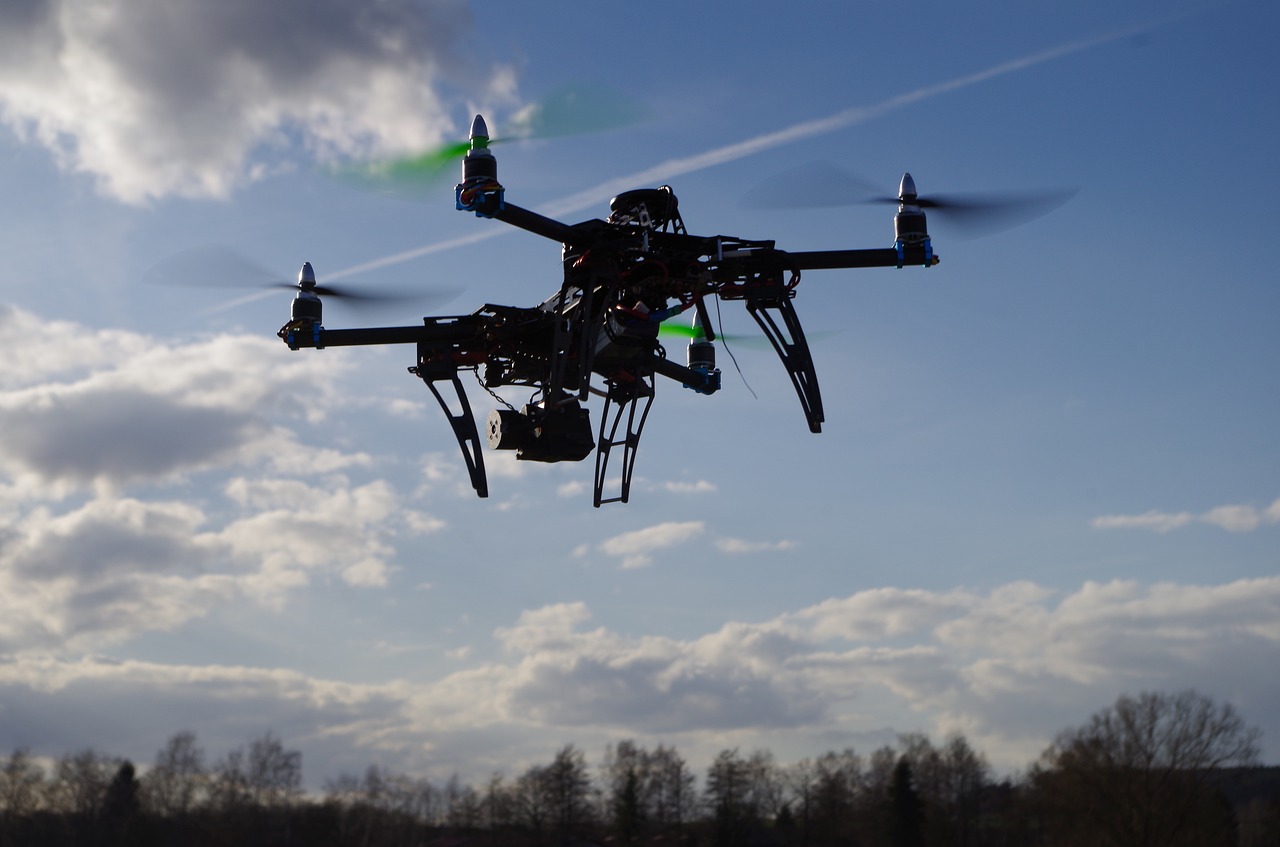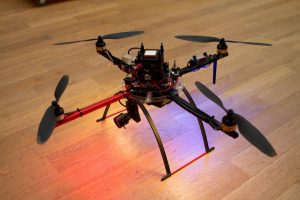Introduction to FPV System and Racing – All about First Person View

These days, the first person view (FPV) system is common among drones. For years, flying RC devices meant staring into the sky and watching from the ground. The industry has integrated screens, GPS and other tech into even the cheapest device. Now this once incredibly expensive tech is available to every pilot, in some cases through an already purchased personal device.
FPV System 101

Courtesy of Makanoa Family
Once available only to the elite flier with deep pockets, the FPV system can be found on even the most inexpensive RC flying vehicles now. The pilot will tell you the inclusion is an invigorating experience. The tech takes the beauty, energy and elegance of flying and puts it where it belongs: in front of your eyes. In fact, the technology has evolved to not just handheld monitors. Pilots can use smartphones. There are VR glasses! We have seen significant improvements in receivers, transmitters, GPS and antenna tracking systems. You can download apps for detailing flight plans and set up auto-piloting so that you can focus on the view or capturing the scene on video.
What it boils down to is FPV has made flying drones as close to actual flying as it gets.
What Makes the FPV Tick

Courtesy of John Brian Silverio
In general, FPV systems consist of the same build. Whether you buy a compact mini drone for under $100 or go the full package, sophisticated DJI Phantom route, the best FPV system is made up of a camera, a video transmitter and a video receiver.
Connected to a transmitter, images picked up by the camera are sent to the receiver using a determined radio wavelength. How the image is viewed is based on the system. There might be a monitor on your controller. You may be able to use your phone or tablet. More and more pilots are taking advantage of glasses or goggles.(1)
FPV systems can be either analogue or digital, though the latter is becoming the go-to for major drone manufacturers.
Considerations
If you’re planning to rely on FPV, know that the signals can fail. Also, line of sight is critical. It helps you learn to fly your drone, as you are prone to see everything and not just what’s in front of the device. While there can be circumstances when the drone is out of your view, the savvy flier knows how to manage the device because they’ve learned to fly responsibly.
Googles and other accessories can be fun, but they can also be risky.
Where to Find a Good FPV System
DJI
DJI – a noted leader in drones – has set the standard for FPVs. They have designed some of the most complex operations that do not require that pilots understand the tech. The Phantom P4 has redefined not just the FPV system, but flying in general. Longer flight times, improved characteristics, simplified operation and incredible ways to capture images are only the beginning with the Phantom.
Hubsan
Hubsan’s manufacturing focus is on affordable micro drones. While there are stories of fliers pushing its limits, the typical Hubsan FPV drone can travel up to 328 feet. But you have to consider going further out doesn’t mean your FPV can handle it. The video link can drop.

Courtesy of Stefan Kellner
The Hubsan drones tend to utilize screens built into the remotes, the easiest way to manage FPV. We advise you keep extra batteries as the LCD can
drain batteries faster and take away from flight time.
Hubsan has an outstanding line of products, especially for the beginner. The Hubsan H107D FPV X4 Mini FPV is the complete package with a nice
sized screen built into the transmitter.
EACHINE
EACHINE is another option for uncomplicated front end but sophisticated back end FPV solutions. They produce fast, long range drones that do not require a lot of setup. The Racer 250 FPV Quadcopter has a solid range (820 to 984 feet), higher sensitivity controllers and a nice sized screen. This is a moderately pricey drone but more than worth the investment, especially if you plan to race.
Speaking of which…
Racing
Whether friendly or professional, racing is popular in the world of drones. Without a FPV, you don’t stand a chance. Often, racing drones doesn’t entail speeding along a straight line. It’s usually an obstacle course that requires skilled maneuvering. The drone will need higher sensitivity, faster speeds and an FPV setup with an admirable range. Goggles will certainly help but only if you already know how to fly.
Conclusion
Fortunately, the mesh of drone and FPV has become so common you don’t really have to spend a lot of time finding the combination or need to worry about how much you’ll have to spend. For the best viewing, you want significant frequency bands. The average on a good drone is 5.8 GHz. While there may be laws that limit bands, go as high as your budget allows.
Do take into account when you’re using a screen, the smaller the less immersive the experience. Also note that on lesser screens, glare and other elements can interfere with the experience. If you truly want to enjoy flying with FPV, be prepared to buy the most affordable and sophisticated FPV system you can get.
Conclusion
The FPV system has become a critical component of the RC experience. It has turned flying into an almost surreal and addictive journey, practically putting you into an unmanned cockpit. But you want to make sure your system of choice enhances being in the air without work that takes the fun out of flying. Use our resources to find and buy the best FPV drones for the beginner straight through to the experienced racer.
We would not advise the beginner jump into the world of goggles or glasses right away. Flying with glasses requires a level of skill where you take your eyes off the physical drone. Until you know how to fly safely, it’s strongly advised newcomers stick with screens for their FPV systems.


